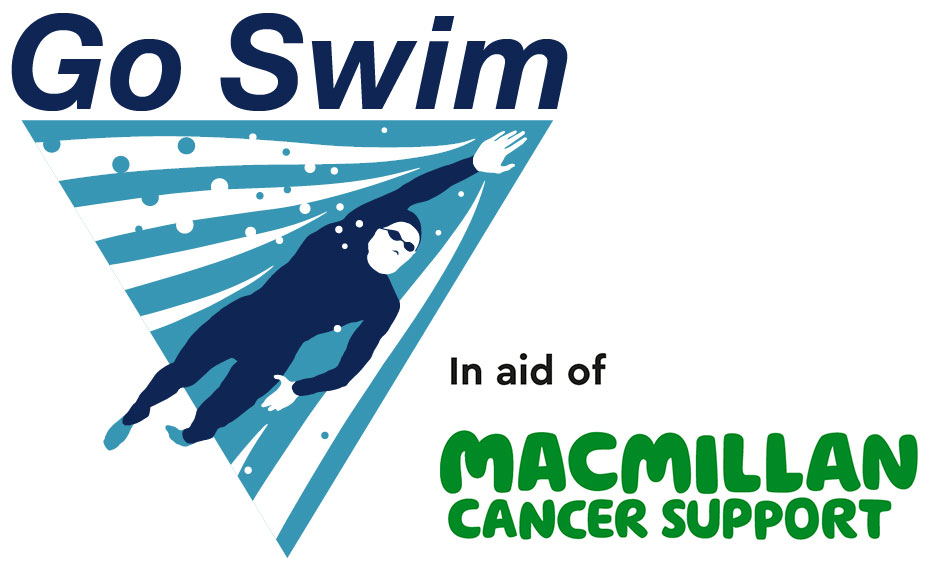Training for Go Swim Loch Lomond
How I will prepare for Go Swim’s Loch Lomond 10k marathon swim
Plus tips for your own marathon swim, by Simon Griffiths
A 10km marathon swim is a significant challenge. Elite swimmers can complete the distance in under 2 hours. The rest of us take a little longer. At Go Swim Loch Lomond 2021, finishing times ranged from 2hr21 to 4hr41. That’s a long time to be in the water. How do you prepare for it?
I was terrified before my first 10km swim. I had often swum 1500m in open water through triathlon and once did a 3.8km Ironman distance swim (but never went on to do an Ironman). 10km was nearly three times the distance. However, I soon discovered a simple truth about long distance swimming: if you keep putting one arm in front of the other, you’ll eventually get there, although there are obvious exceptions to this. You need to stay injury free, avoid getting hypothermia (I usually wear a wetsuit in cooler water if it’s an option because of this) and have to replace the energy you burn through.
But while stubborn mindedness will get you to the end, the better prepared you are, the easier the swim will be. Having completed a few swims of 10km and longer now, I no longer fear the distance, but I do respect it and I want to be ready for the challenge. So what will my training look like?
- Regular and frequent swimming
I swim with a masters club two to three times a week for either 60 or 90 minutes. I’d describe these as general fitness swimming training. We do all four competitive strokes but rarely swim more than 100 or 200m without pausing for a breath. The training is enjoyable, keeps me fit and is a good foundation for more specific distance swimming.
- The 400s
Once a week I meet with a few friends for a swim where we always do the same thing: 8 x 400m front crawl. Along with a warm up and cool down, the total distance is around 4km. Apart from a break for covid, we’ve been doing this for years, and it is a key building block for swimming endurance.
- Open water
I’m lucky to live close enough to the Thames for regular river swims. About twice a week, I do a continuous swim of between 15 and 40 minutes, depending on water temperature, who I’m swimming with and how much time I have. It doesn’t sound a lot but it ensures I regularly practice sighting and stay comfortable swimming in open water.
- Longer swims and events
I don’t plan to do any 10km swims in training but I’ve got a few events coming up including a swimrun with 7km of swimming and a couple of shorter swims, which will help prepare for the intensity of a 10km event. There’s also talk of doing a leisurely 7.5km river swim if we can arrange kayak support.
I share this not because I think it’s the perfect programme (it isn’t) or for you to follow (you shouldn’t) but as an example of how I’ve designed my training around the facilities and options available to me. No doubt I could create a training regime that would help me to a faster 10km but this one fits in well with my life, works for the other events I want to do and should be sufficient to get me through the event. I’m happy with that trade off. But if I were coaching you, I’d almost certainly suggest something different based on your swimming experience, fitness, aspirations and available time.
Build your own plan
If you’re planning to swim the 10km at Go Swim Loch Lomond or any of the shorter distances, it pays to put some thought into your preparation. Your first step is to make a realistic assessment of your current swimming strengths and weaknesses. Ask:
- Can I swim continuously without getting out of breath? (If not, then you need to address this as a priority, mostly likely with the help of a swimming coach)
- Can I swim pain free? (Anything that is causing you pain should be addressed with an expert – swimming shouldn’t cause you an injury)
- Can I swim comfortably in open water? (It’s important to be able to navigate in open water and you should get used to swimming in a wetsuit if you’re going to use one. Again, seek guidance if you’re struggling here)
These three will address your basic need of getting around the course. If you want to go beyond this and increase your speed, you will want to follow a training plan that systematically works on your endurance, pacing, swimming technique and open water skills.
You can access a good example plan here: https://outdoorswimmer.com/coach/how-tos/10km-open-water-training-plan/
As with any generic plan, you may have to adapt it to your specific circumstances.
At open water swims, there is almost always someone who turns up without having used their wetsuit before or practiced swimming outdoors. Don’t be that person – it probably won’t be a good experience. A little preparation will make a big difference to your enjoyment of the event.
Good luck and see you there.
About Simon Griffiths
Simon is the author of Swim Wild and Free: A Practical Guide to Swimming Outdoors 365 Days a Year and he is the founder of Outdoor Swimmer magazine. He is a life-long swimmer, swims year-round in the Thames and regularly takes part in open water and pool races. His swimming adventures have taken him around the world. He was also part of the team that created the STA Open Water Swimming Coaching qualification. His mission is to help as many people as possible discover the joys and benefits of swimming in natural waters. He also offers remote swim coaching and mentoring.

